I have a database in which I have the following rows:
ID | Date start | Date end
----------------------------------
a | 01-01-1950 | 30-01-1951
a | 01-01-1948 | 31-12-1949
a | 31-01-1951 | 01-06-2000
b | 01-01-1980 | 01-08-2010
c | 01-01-1990 | 31-12-2017
c | 31-01-1985 | 31-12-1989
What I got
- Multiple rows per person
- One start and end date per row
- In a not chronological order
Select query which I want to return the following:
ID | Date start 1 | Date end 1 | Date start 2 | Date end 2 | Date start 3 | Date end 3
---------------------------------------------------------------------------------------------------
a | 01-01-1948 | 31-12-1949 | 01-01-1950 | 30-01-1951 | 31-01-1951 | 01-06-2000
b | 01-01-1980 | 01-08-2010
c | 31-01-1985 | 31-12-1989 | 01-01-1990 | 31-12-2017
What I want:
- One row per person
- Multiple start and end dates per row
- In a chronological order
Most things I was able to find wanted it in the same column, or wouldn't want it sorted on chronological order, so unfortunately those situations didn't apply to me.
I really have now clue how to solve this.
